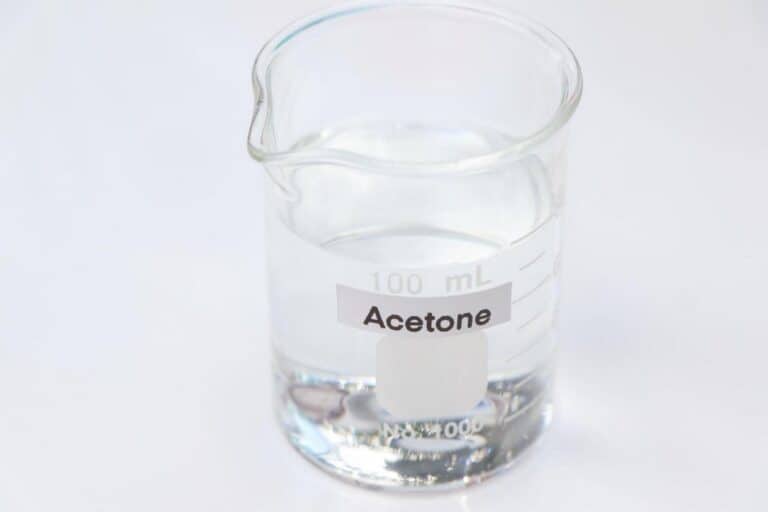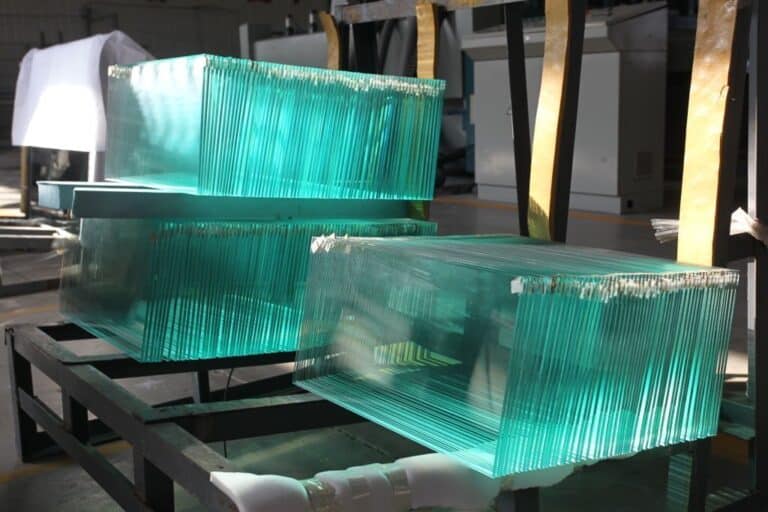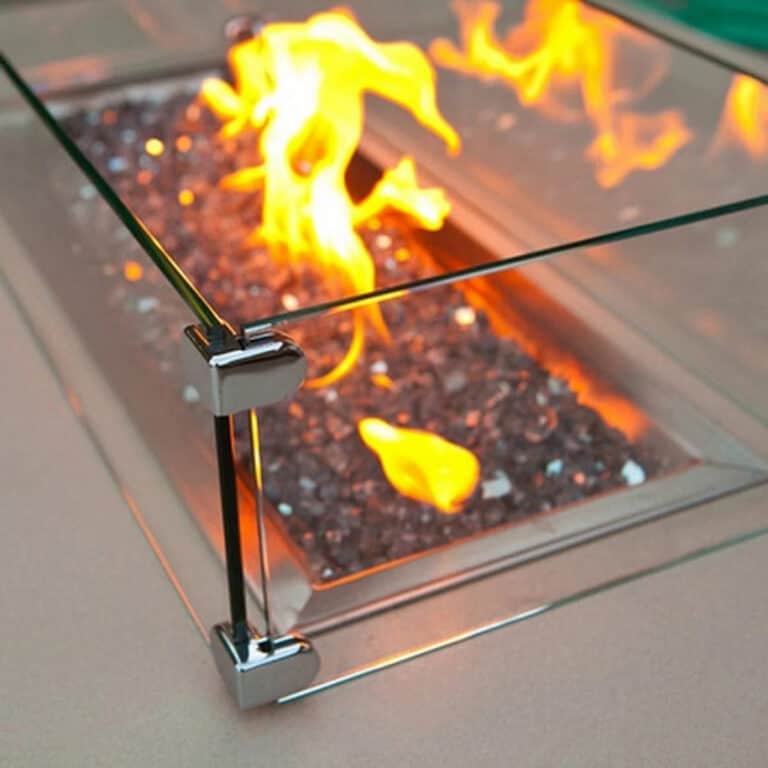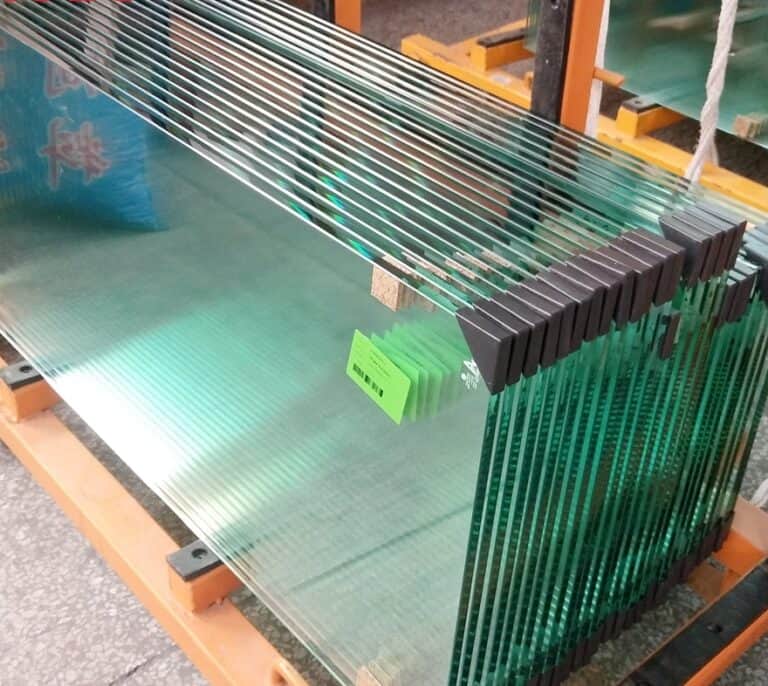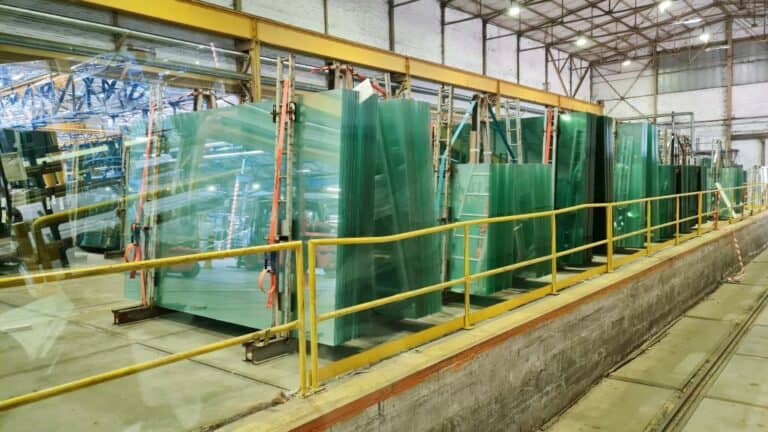Is Breaking Glass a Physical Change? An Explanation By Science

Have you ever wondered if breaking a glass involves a physical or chemical change? You’re not alone! Many people have debated whether the breaking of glass is a physical or chemical change.
In this article, we will explore the science behind breaking glass and answer this question once and for all. In addition to that, we’ll explore the fascinating properties of glass and the forces that cause it to break, providing you with a better understanding of this everyday occurrence.
So, grab a snack, sit back, and get ready to learn all about breaking glass and the science behind it!
The Science of Glass
To understand whether breaking glass is a physical or chemical change, we first need to understand what glass is. Glass is a solid material that is typically made by heating a mixture of silica, soda, and lime to a high temperature until it melts and then rapidly cooling it. This rapid cooling, also known as quenching, prevents the material from crystallizing and results in an amorphous solid, or glass.
One of the unique properties of glass is that it is a non-crystalline solid, which means it does not have a defined molecular structure like other solids such as metals or crystals. Instead, the molecules in glass are arranged in a disordered pattern, which gives glass its characteristic transparency and fragility.
Chemical Changes vs. Physical Changes: What’s the Difference?
Before we can determine whether breaking glass is a physical or chemical change, we need to define these two terms.
Physical changes are changes that alter the physical properties of a substance without changing its chemical composition. Examples of physical changes include changes in shape, size, or state of matter.
Chemical changes are changes that alter the chemical composition of a substance, resulting in the formation of new substances with different properties. Examples of chemical changes include combustion, rusting, and fermentation.
To help understand the difference between chemical and physical changes, let’s look at a table that compares the two types of changes.
| Chemical Changes | Physical Changes |
| Involves the breaking or forming of chemical bonds | Does not involve the breaking or forming of chemical bonds |
| Produces a new substance with a different chemical composition | Does not produce a new substance with a different chemical composition |
| Usually irreversible | Usually reversible |
| Examples: burning wood, cooking an egg, rusting iron | Examples: melting ice, breaking glass, dissolving salt in water |
Common Misconceptions about Breaking Glass
There are a few common misconceptions about breaking glass that are worth addressing. One is the idea that glass is a liquid that slowly flows over time. While this may have been a prevalent belief in the past, it’s not true. Glass is a solid at room temperature, and its molecular structure reflects that.
Another misconception is that glass is incredibly fragile and can break easily. While glass can certainly break under certain conditions, it’s actually a relatively strong material. It’s used in many applications where durability is essential, such as windows, windshields, and laboratory equipment.
Breaking Glass: Physical or Chemical Change?
Now that we have a basic understanding of glass and the difference between physical and chemical changes, let’s apply this knowledge to the question at hand: is breaking glass a physical or chemical change?
Breaking glass is a physical change. When a glass object is broken, it does not undergo a chemical reaction that changes its composition. Instead, the physical properties of the glass, such as its shape and size, are altered.
To understand why breaking glass is a physical change, let’s examine the process of breaking a glass. When a force is applied to a glass object, such as dropping it on a hard surface or hitting it with a hammer, the glass fractures into smaller pieces. These smaller pieces have the same chemical composition as the original glass and are still made up of the same molecules arranged in a disordered pattern.
The only difference between the original glass object and the broken glass is the physical properties of the material. The broken glass has a different shape and size than the original object, but its chemical composition remains the same.
Why Breaking Glass is a Physical Change
Now that we’ve established what a physical change is and how glass breaking fits into that category, let’s take a closer look at why breaking glass is not a chemical change.
In a chemical change, the identity of the substance changes because new chemical bonds are formed or broken. For example, burning wood is a chemical change because the wood reacts with oxygen to produce carbon dioxide and water. The identity of the wood has changed; it’s no longer wood but a combination of different compounds.
In contrast, breaking glass is a physical change because the glass has not changed chemically. The same atoms or molecules are still present; it’s just that their arrangement has been altered. This distinction is crucial because chemical changes are irreversible, while physical changes are reversible.
The Science Behind Breaking Glass: The Role of Energy
We briefly touched on the role of energy in glass breaking, but let’s explore it in more detail. When we apply force to an object, we are adding energy to the system. This energy causes the molecules in the object to vibrate more vigorously, and the bonds between the molecules start to weaken.
In the case of glass, the bonds between the molecules are exceptionally strong, so it takes a lot of energy to break them. When we hit the glass with a hammer, we are applying a sudden, intense force to a small area, which causes the bonds to break. The suddenness of the force also means that the broken bonds can’t reform quickly enough, and the glass shatters.
It’s worth noting that the energy we add to the system when we break glass doesn’t just disappear. Instead, it gets transferred to the surrounding air, creating sound waves. This is why breaking glass produces a loud noise.
Breaking Glass as a Physical Change: A Molecular Perspective
To truly understand why breaking glass is a physical change, we need to take a molecular perspective. Glass is made up of a network of silicon and oxygen atoms, which are held together by strong covalent bonds. These bonds are so strong that glass is a solid at room temperature.
When we hit the glass with a hammer, we add energy to the system, which causes the atoms to vibrate more vigorously. As the vibration increases, the covalent bonds start to weaken, and eventually, they break. When the bonds break, the structure of the glass changes, and it shatters into small pieces.
It’s essential to note that the chemical identity of the glass has not changed during this process. The same silicon and oxygen atoms are still present; it’s just that their arrangement has been altered.
Applications of Physical Changes: From Glass Breaking to Other Phenomena
Physical changes are all around us, from the ice melting in our drinks to the leaves changing color in the fall. Understanding the nature of physical changes is crucial for many fields of science, including materials science, physics, and chemistry.
For example, materials scientists study the properties of materials and how they respond to external forces. This knowledge is critical for developing new materials with specific properties, such as strength or flexibility.
Similarly, physicists study the laws of motion and energy transfer, which are essential for understanding how objects move and interact with each other. Chemistry is concerned with the nature of chemical reactions and how they can be used to create new substances.
In conclusion, breaking glass is a physical change because the chemical identity of the glass has not changed. The same atoms or molecules are still present; it’s just that their arrangement has been altered. Understanding the nature of physical changes is crucial for many fields of science and can help us develop new materials, understand the laws of motion, and study the nature of chemical reactions.
Other Examples of Physical Changes
Breaking glass is just one example of a physical change. Here are a few more:
- Melting ice: When we heat ice, it absorbs energy and begins to melt. The water molecules retain their chemical identity, but their arrangement changes as they move farther apart.
- Boiling water: When we heat water to its boiling point, it begins to boil and turn into steam. Again, the water molecules retain their chemical identity, but their arrangement changes as they move farther apart.
- Tearing paper: When we tear a piece of paper, we apply a force that breaks the bonds holding the paper together. The paper is still made of the same cellulose fibers, but its arrangement has been altered.
Conclusion
Breaking glass is a physical change that occurs when we apply an external force that causes the glass to shatter. The chemical identity of the glass remains the same, but its molecular arrangement changes, leading to a new physical state. Understanding the nature of physical changes is crucial for many fields of science and can help us develop new materials, study the laws of motion, and explore the nature of chemical reactions.

